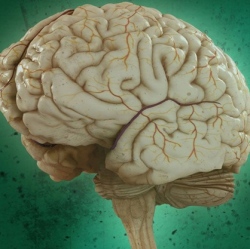
The study is unusual because, unlike many cell conversion techniques, the cells did not return to a stem cell stage first, they converted directly into brain cells, thus avoiding the risk of producing many other types of cells. The team managed to reprogram the skin cells to become a particular type of brain cell instead of a range of brain cells.
Writing in the journal Neuron, researchers from Washington University School of Medicine in St. Louis (WUSTL), MO, report how they used a particular combination of microRNAs and transcription factors to reprogram the skin cells into a particular type of brain cell known as medium spiny neurons. The medium spiny neurons they produced, which survived for at least 6 months after injection into the brains of mice, are important for controlling movement and are the main type affected in Huntington’s disease.
